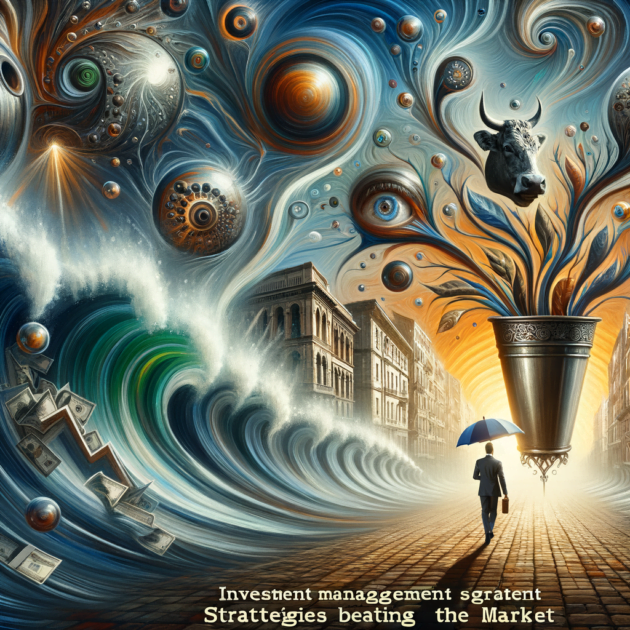Table of Contents
The Rise of High-Frequency Trading
Imagine you're at a busy farmer's market, trying to buy some fresh apples. You see a vendor with the juiciest apples, but before you can even reach their stall, someone else swoops in and buys them all. That's how fast high-frequency trading works in the stock market – lightning-fast transactions happening in the blink of an eye.
High-frequency trading (HFT) is a type of trading where powerful computers use complex algorithms to buy and sell stocks in milliseconds. This lightning speed allows traders to take advantage of tiny price differences and make profits in a matter of seconds. In the world of finance, time is money, and HFT traders are masters of speed.
- What is High-Frequency Trading?
High-frequency trading involves using sophisticated technology to execute a large number of trades at incredibly high speeds. These trades can happen in fractions of a second, giving traders a competitive edge in the market. HFT firms invest heavily in cutting-edge technology, such as super-fast computers and high-speed data connections, to gain an advantage over traditional traders.
One of the key strategies used in high-frequency trading is arbitrage, where traders exploit small price differences between different markets or assets. For example, an HFT firm might buy a stock on one exchange and sell it on another exchange at a slightly higher price, making a profit in the process. These rapid-fire transactions can add up to significant profits over time.
High-frequency trading has become increasingly popular in recent years, with HFT firms accounting for a significant portion of trading volume in major stock exchanges around the world. In the United States, HFT firms make up a large percentage of daily trading activity, with some estimates suggesting that they account for over half of all trades on the New York Stock Exchange.
- The Impact of High-Frequency Trading
While high-frequency trading can offer benefits such as increased liquidity and lower trading costs, it also raises concerns about market stability and fairness. Critics argue that HFT firms have an unfair advantage over traditional investors, as their speed and technology give them the ability to front-run orders and manipulate prices.
One of the most infamous examples of the impact of high-frequency trading occurred during the 2010 Flash Crash, where the Dow Jones Industrial Average plunged nearly 1,000 points in a matter of minutes before quickly rebounding. Many experts believe that HFT played a significant role in exacerbating the crash, as rapid-fire trading algorithms amplified the market volatility.
In Canada, high-frequency trading has also come under scrutiny, with regulators implementing measures to increase transparency and oversight in the market. The Investment Industry Regulatory Organization of Canada (IIROC) has introduced rules to monitor HFT activity and ensure that markets operate fairly and efficiently.
Despite the controversies surrounding high-frequency trading, it continues to play a significant role in the global financial system. HFT firms are constantly innovating and adapting to changes in the market, using their speed and technology to stay ahead of the competition.
So, the next time you see a stock price change in the blink of an eye, remember that high-frequency trading is at work behind the scenes, speeding up market transactions and shaping the world of finance in ways we never thought possible.
I'll end by saying that I'm trying my best to make these subjects understandable and straightforward. As you read, study, and explore further, keep in mind that these little writings are just the beginning. To help you out, here are a few other stories from the world of economics to help you prepare for any eventuality:
Auto Amazon Links: No products found. Blocked by captcha. Blocked by captcha.







